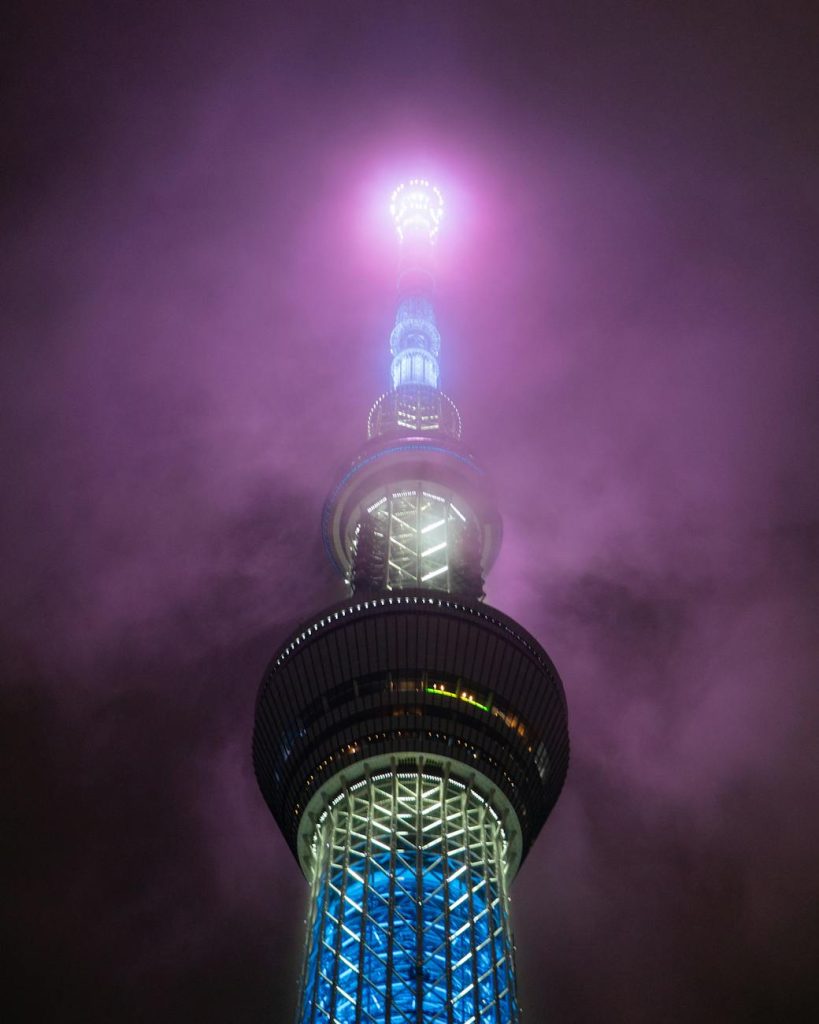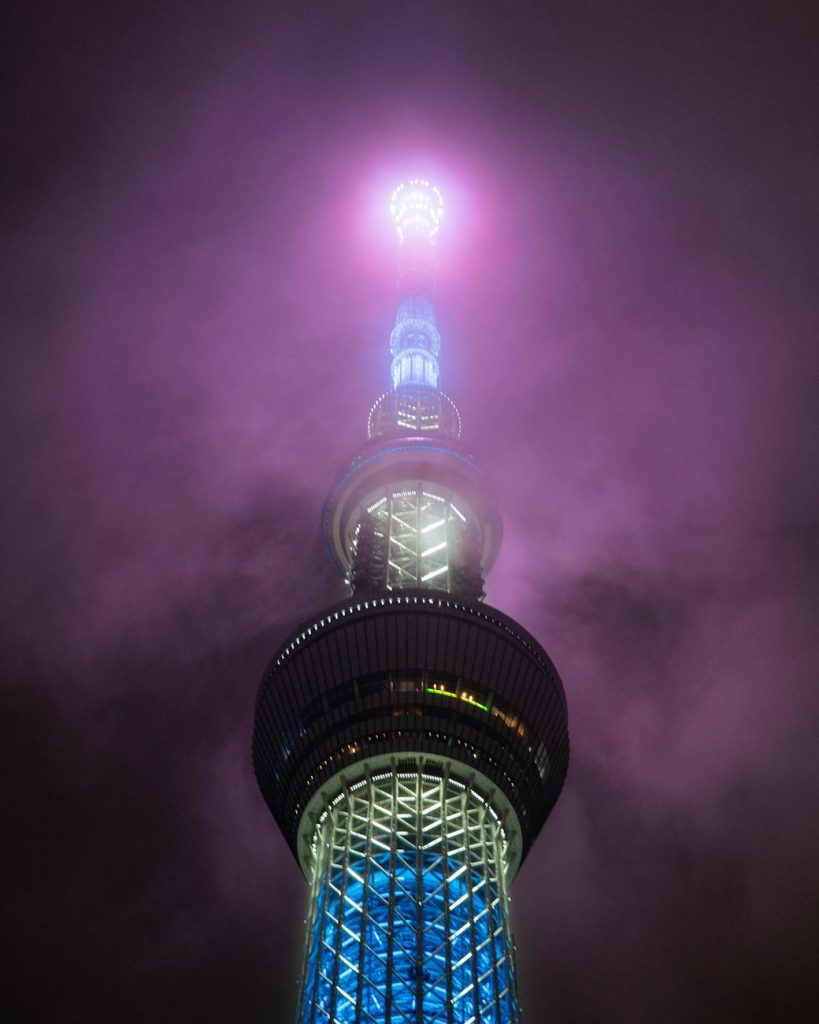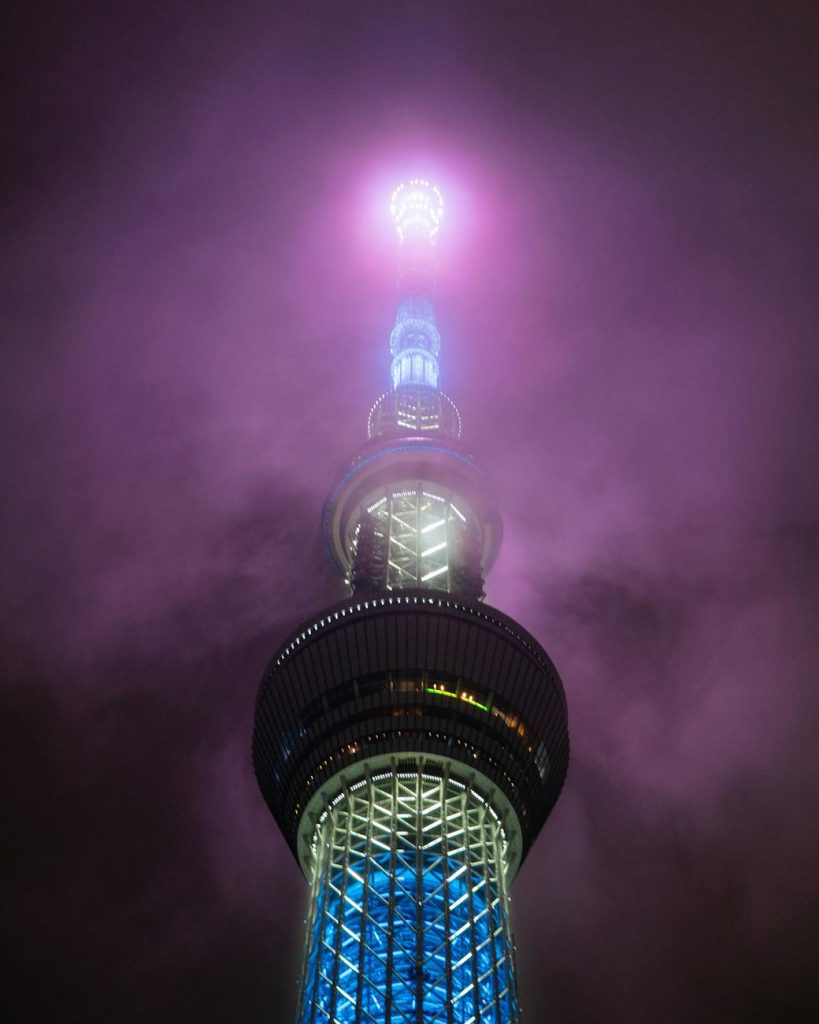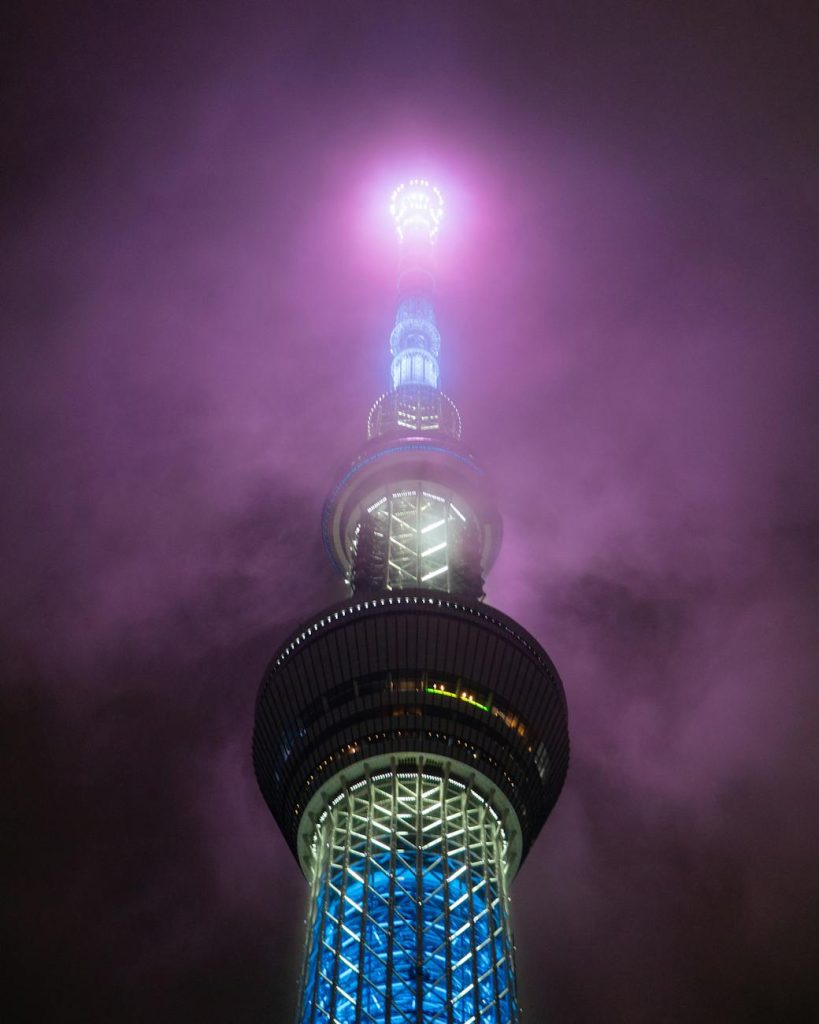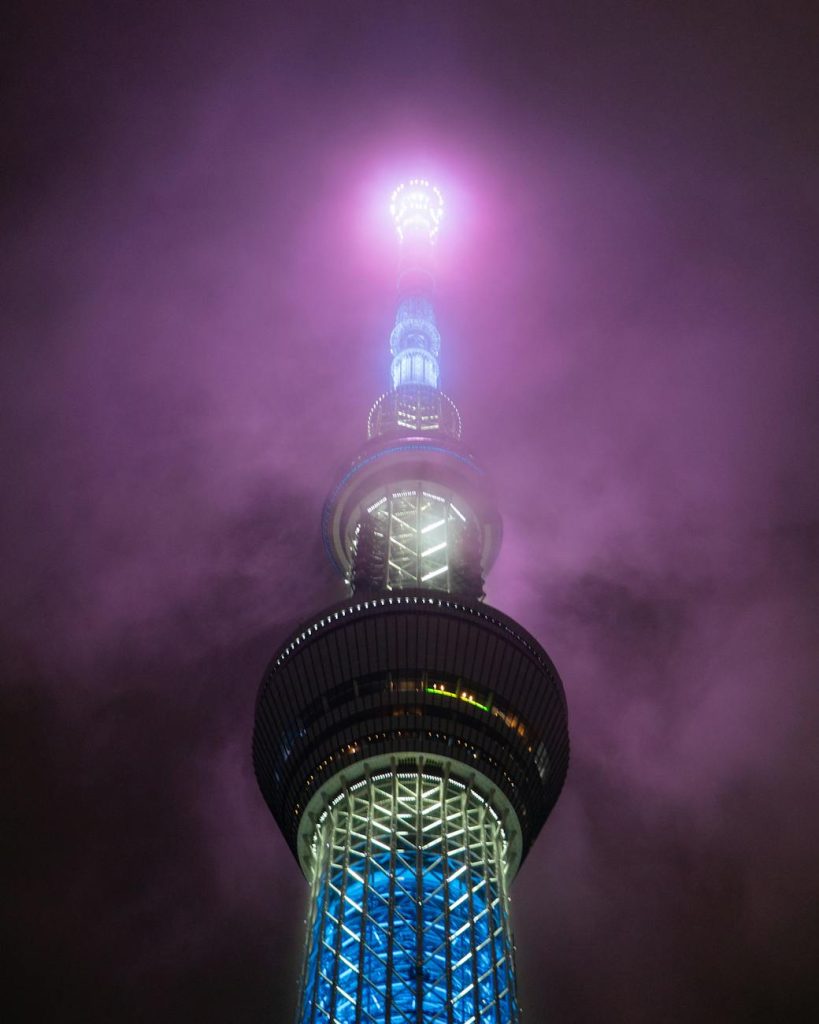
- Budget breakdown per day
- Peak-season reservation advice
- Suggested packing checklist
Before You Go: Rail Pass & Connectivity
Traveling across Tokyo, Kyoto, Osaka and Mt Fuji regions is easiest with a Japan Rail (JR) Pass. The nationwide JR Pass covers Shinkansen (bullet trains) and many local JR lines, saving time and money for long-distance travel [1]. For regional side trips—such as Hakone—you can combine the JR Pass with the Hakone Free Pass for unlimited local transport.
Stay connected with:
- Portable Wi-Fi or a prepaid SIM card for mobile data.
- IC cards (Suica or Pasmo) for seamless subway, bus and convenience store payments [1].
Day 1-2: Tokyo’s Shibuya, Shinjuku & Asakusa
Day 1: Shibuya & Shinjuku
- Shibuya Crossing: Experience one of the world’s busiest intersections—best viewed from the second-floor Starbucks.
- Hachikō Statue: Pay respects to Tokyo’s famous loyal dog.
- Shinjuku Gyoen National Garden: A calm oasis amid skyscrapers.
- Tokyo Metropolitan Government Building Observatory: Free panoramic views of the city, including Mt Fuji on clear days.
- Golden Gai: Explore narrow alleys lined with tiny bars and eateries.
Day 2: Historic Asakusa
- Sensō-ji Temple: Tokyo’s oldest Buddhist temple with a vivid red gate.
- Nakamise-dōri: Shop traditional snacks and souvenirs.
- Sumida River Cruise: Enjoy a boat ride with skyline views.
- Optional photo stop at Tokyo Skytree nearby for modern contrast.
Day 3: Mt Fuji & Hakone Day Trip
Set out early from Tokyo to Odawara Station by Shinkansen, then pick up the Hakone Free Pass. Highlights include:
- Hakone Ropeway & Owakudani Valley: See volcanic steam vents and try black “sulphur eggs.”
- Lake Ashi Cruise: A scenic boat trip with views of Mt Fuji on clear days [2].
- Hakone Shrine: Tori gate rising from the lakeshore.
- Optional onsen: Relax in a hot spring before returning to Tokyo.
Day 4-5: Kyoto Temples & Gion District
Day 4: Southern Kyoto
- Fushimi Inari Taisha: Walk through thousands of vermilion torii gates on Mount Inari.
- Kiyomizu-dera: A wooden-stage temple with views over Kyoto.
- Higashiyama District: Stroll preserved streets lined with shops and teahouses [2].
Day 5: Northern Kyoto
- Kinkaku-ji (Golden Pavilion): Iconic gold-leaf temple reflecting in its pond.
- Ryoan-ji: Famous rock garden.
- Arashiyama Bamboo Grove: Early morning visit to avoid crowds.
- Gion District: Spot geiko (Kyoto dialect for geisha) and enjoy traditional cuisine.
Day 6: Osaka Food Streets & Castle
- Dōtonbori: Neon-lit canal lined with food stalls—try takoyaki (octopus balls) and okonomiyaki (savory pancake) [3].
- Kuromon Market: Fresh seafood and local snacks.
- Osaka Castle: Explore the grounds and museum detailing samurai history.
- Umeda Sky Building: Floating garden observatory for city views at sunset.
Day 7: Nara Park & Departure
- Morning train to Nara (35–45 minutes from Osaka).
- Tōdai-ji Temple: Home to the Great Buddha (Daibutsu).
- Nara Park: Friendly deer roam freely—purchase deer crackers to feed them.
- Return to Kansai International Airport (via Nankai Line or JR) for departure, or back to Tokyo by Shinkansen if flying out of Narita or Haneda.
Where to Stay & Transport Tips
- Tokyo: Shinjuku or Tokyo Station area for quick airport and regional access.
- Hakone: Traditional ryokan with onsen near Hakone-Yumoto Station.
- Kyoto: Central Kawaramachi or near Kyoto Station for bus/train convenience.
- Osaka: Namba or Umeda districts for nightlife and transit.
- Reserve accommodations early during peak cherry blossom (late March–early April) and autumn leaf (November) seasons.
Cultural Etiquette & Seasonal Advice
- Bow when greeting; remove shoes indoors (homes, temples, some ryokan).
- Keep voices low on public transport and avoid phone calls on trains.
- Respect temple and shrine customs: cleanse hands at chozuya (water pavilion) and follow photography rules.
- Seasonal highlights:
• Cherry blossoms (sakura) bloom late March–early April.
• Autumn foliage peaks in November.
• Summer festivals (matsuri) and fireworks from July to August [1].
Conclusion
This 7-day Japan itinerary covers the urban energy of Tokyo, the historical charm of Kyoto, culinary adventures in Osaka and a scenic day trip to Mt Fuji and Hakone. With proper planning—JR Pass, accommodations and respect for local customs—you’ll experience the very best of Japan’s culture, cuisine and landscapes.
References
- https://www.japan.travel/en/
- https://www.japan-guide.com/e/e623a.html
- https://www.lonelyplanet.com/japan
- [1] Japan National Tourism Organization. https://www.japan.travel/en/
- [2] Japan Guide. Mt Fuji & Hakone Day Trip. https://www.japan-guide.com/e/e623a.html
- [3] Lonely Planet. Japan Travel Guide. https://www.lonelyplanet.com/japan
Suggested Internal Links
Get epic product battles straight to you! 🥊 📦 ![]()


